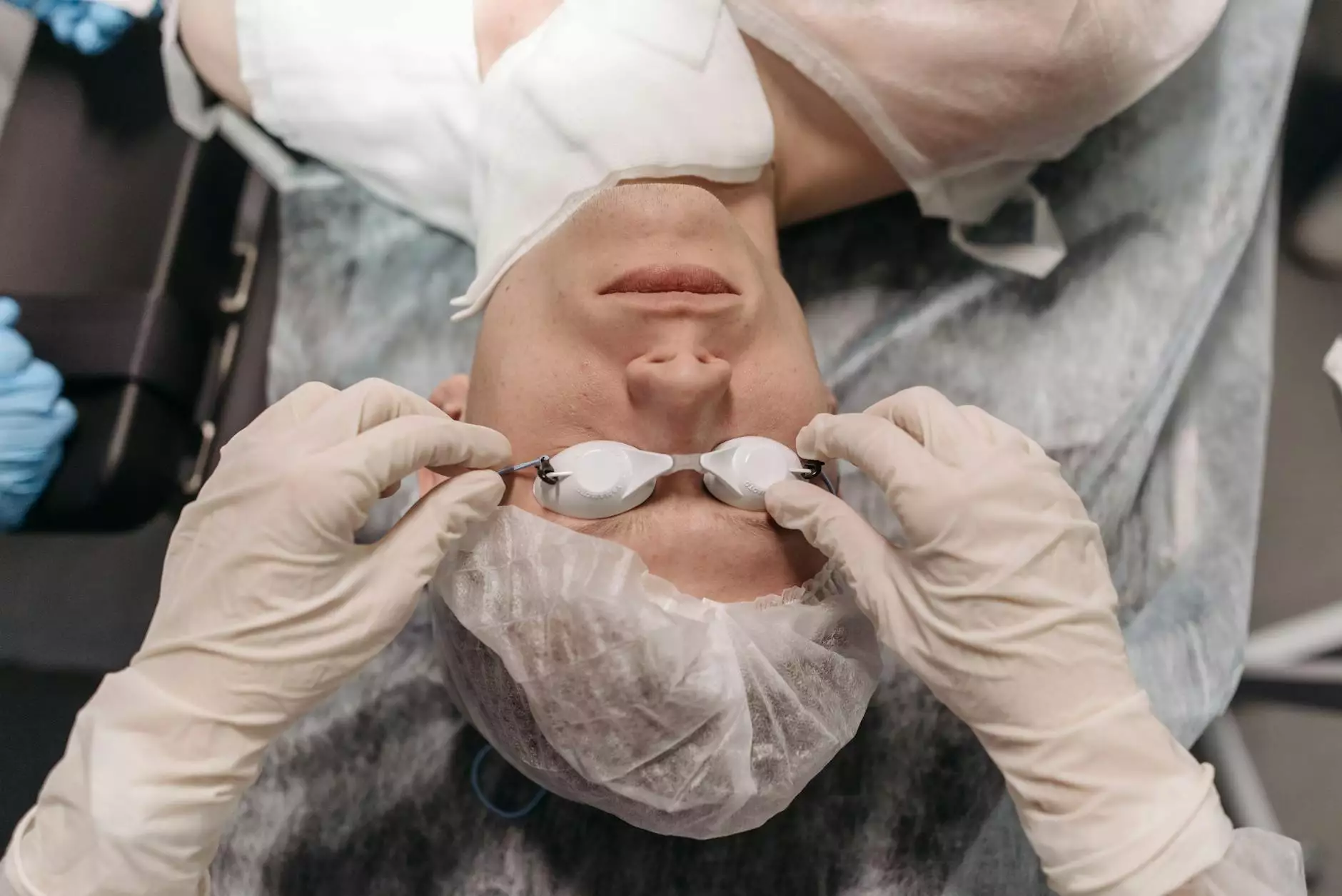Understanding the Cost of Pectus Excavatum Surgery

Pectus excavatum, often referred to as "sunken chest," is a deformity where the breastbone is sunken into the chest. While this condition is primarily cosmetic, it can sometimes lead to complications affecting the heart and lungs. As such, many individuals seek surgical intervention to correct the deformity, leading to an inquiry that frequently arises: how much is pectus excavatum surgery?
Factors Affecting the Cost of Pectus Excavatum Surgery
The cost of pectus excavatum surgery can vary significantly based on several factors:
- Geographic Location: The price of healthcare varies widely across regions. Urban centers with advanced medical facilities may charge more compared to rural areas.
- Type of Procedure: There are different surgical techniques for treating pectus excavatum, including the Ravitch procedure and the Nuss procedure, each with distinct costs.
- Surgeon's Experience: Highly experienced surgeons may command higher fees for their expertise and advanced skills.
- Facility Fees: The medical facility where the surgery is performed may impose various charges for the use of its resources, which can affect overall costs.
- Anesthesia Costs: The type and length of anesthesia required can add to the total expense of the surgery.
Average Costs of Pectus Excavatum Surgery
On average, pectus excavatum surgery can range from $30,000 to $70,000 in the United States. This estimate includes various components:
- Surgeon's Fees: Typically representing a significant portion of the total cost, surgeon fees can range from $5,000 to $15,000.
- Hospital or Surgical Center Fees: This can range from $10,000 to $40,000, depending on the length of stay and facility used.
- Anesthesia Costs: Anesthesia costs may run about $1,000 to $3,000.
- Postoperative Care: Follow-up care, medications, and any necessary physical therapy may also contribute an additional $1,000 to $5,000.
Types of Surgical Procedures for Pectus Excavatum
There are two primary surgical options for correcting pectus excavatum—each with its nuances and cost implications:
The Nuss Procedure
The Nuss procedure involves placing a concave metal bar under the sternum to correct the sunken appearance of the chest. The benefits of this surgery include minimal scarring and shorter recovery times. However, it may require multiple procedures over time, particularly for adolescents.
The Ravitch Procedure
The Ravitch procedure is a more traditional method that involves removing the cartilage connected to the sternum and repositioning it. This procedure may lead to more significant scarring but can be more effective for severe cases. The longer recovery time associated with this method might also affect overall costs.
Insurance Coverage for Pectus Excavatum Surgery
Insurance coverage for pectus excavatum surgery can vary significantly depending on the insurance provider and the specific policy. In most cases, if the deformity causes reported health issues, such as respiratory or cardiac problems, insurance companies may cover part or all of the surgery. Patients should:
- Contact their insurance provider to understand coverage policies specifically about pectus excavatum surgery.
- Document any symptoms that support the medical necessity for the procedure.
- Consider obtaining a referral from a primary care doctor or specialist.
Financial Options for Surgical Costs
If surgical costs exceed your financial capabilities, several options are available to help manage expenses:
- Payment Plans: Many medical facilities offer payment plans to patients. Speak with the billing department to set up an agreeable plan.
- Medical Credit Cards: Some patients choose financing through medical credit cards that allow for payment over time with low or no interest rates.
- Health Savings Accounts (HSAs): If eligible, using HSAs can help individuals pay for surgery with pre-tax dollars.
Preparing for Pectus Excavatum Surgery
Preparation is essential for a successful surgical outcome. Here are steps patients typically should follow:
- Consultation: Schedule an initial consultation with a qualified surgeon specializing in pectus excavatum.
- Medical Evaluation: Undergo necessary medical evaluations to determine overall health and surgical risks.
- Pre-Surgery Instructions: Follow dietary and medication instructions provided by the medical team, particularly regarding blood thinners.
The Recovery Process After Surgery
Following the surgery, recovery involves several stages:
- Initial Recovery: Patients often stay in the hospital for a few days for monitoring.
- At-Home Care: Follow post-operative care instructions, including managing pain and maintaining incision sites.
- Physical Activity: Gradual return to physical activity is recommended, with clearance from the surgical team.
Long-Term Outcomes and Considerations
Most patients who undergo pectus excavatum surgery experience significant improvements in physical appearance and potential respiratory function. It’s crucial to understand that:
- Pectus excavatum can recur, and in rare cases, additional surgery may be necessary.
- Emotional well-being can also improve significantly, leading to increased self-confidence post-surgery.
Conclusion
When considering how much is pectus excavatum surgery, it is essential to gather comprehensive information about the various costs, procedure types, insurance implications, and recovery expectations. By understanding these factors, you can better prepare financially and emotionally for surgery. If you are considering treatment, reach out to specialists at El Clinics for a personalized consultation tailored to your individual circumstances.









